4. Risk Assessment
Quick Read
Focus on the real risks, but what are they?
Preventing and countering bribery cannot be carried out effectively without knowing the range of bribery risks facing the company and deciding which are the most significant to address. The risk assessment process is a systematic way of assessing bribery risks and is used to design the anti-bribery controls forming the anti-bribery programme.
Key elements
- Focus on the highest risks: Resources are necessarily limited so concentrate on the risks that are judged highest.
- Evaluate bribery risks realistically: Use a framework and criteria to make realistic and consistent assessments of likelihood and impact.
- Repeated process: Conduct periodic risk assessments to ensure the controls remain adequate for any changes that may affect the business and position this as part of a continuous improvement process.

